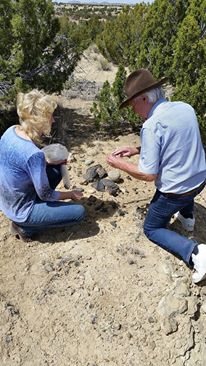
Over the years, I have posted Questions and Answers from searchers of the Forrest Fenn Treasure Hunt on my site. This was so everyone could share in the information or stories Forrest Fenn was sharing to others. Although all don’t pertain specifically to the treasure, Forrests’ answers give a glimpse into his thoughts, life, and how he thinks. Besides being enjoyable, his answers might help us learn a bit about him and how he thinks, which in turn might help us better understand the The Poem leading to his hidden treasure chest.
Here are all the Featured Questions from 2015 on one page for your convenience (with the dated links to the original for reading of comments).
Dear Forrest, You collect many artifacts, and it seems they quietly impress upon you to study them and then tell their stories. Do you have a favorite story/history of an artifact?~ j
Sure I do. One such object is a “slick,” a word used here as a noun. It’s a term that’s largely unknown, even to historians. Many of the old mountain men and fur trappers were never without four items while on the trail: A Hawkin rifle, a Russell Green River knife, a strike-a-light, and a slick. Slicks are small pieces of jade that were carried as good luck charms, or amulets.
Most of them were picked up in Southwest Wyoming that is home to some of the best jade in the world. They got their name because some exhibit heavy “bag wear” from being carried in a pants pocket for years. I found mine under the floor boards of a long-ago abandoned log cabin within walking distance of the Gallatin River in Montana. I carry it sometimes myself.f
Dear Forrest, In your book, Teepee Smoke, you show a small image of Joseph Sharp visiting the Acoma Pueblo where it is written he liked to “just sit and look and contemplate.” Where would you say is a place you like to ‘just sit and look and contemplate’? And why? ~j
There’ve been many sites where I’ve rested and fallen under its spell. One of my favorites was at the Roman city of Sabratha where fifty times I sat against an ancient wall and looked out across the Mediterranean. Thoughts of those thoughts still are indelible in my mind. So much history in that place; so many invisible lives still are there. I invite you to use Google Earth and see for yourself. It’s on the extreme north western edge of Libya.f
Dear Forrest, In Scrapbook 49 ( Sweet Fragrances) you talked about many different spices. In your book, The Thrill of the Chase, you mention the taste of porcupine. I was wondering…..which spice do you think would be best used on porcupine so it doesn’t taste so much like kerosene. ~ j
Jenny,
No spice can soften that taste. Forest wisdom during the mountain man era was don’t kill the porcupine if you have anything else to eat. Save him for when you’re starving. The poor animal, whose face has no flattering angles, walks with a slow waddle, which makes him easy to catch.
In the Rocky Mountains Porky spends a lot of time eating most parts of a pine tree, including needles, cones, and bark. His meat tastes like what he eats. I ate one once, and if I had to choose between doing it again, and collapsing of malnourishment, I’d have to think about it for a while. f
Dear Mr. Fenn, You once wrote: “There isn’t a human trail in very close proximity to where I hid the treasure.” You also once wrote: “And in close proximity were stone projectiles and crudely made hand axes that could have been 30,000 years old.”
Can you clarify for us your definitions of “close proximity” and “very close proximity?” (e.g. 10 feet, 50 feet, 100 feet, 500 feet, etc.?) Thanks, Milan
It’s not that easy Milan. Are you asking me to carry a caliper in my pocket? Each “close proximity” is different, relative, and site-specific, as you pointed out. So I can’t answer your question. To an ant a mud puddle can be like an ocean. f
Forrest, You said you made two trips from your car to hide the treasure. Besides walking, did you use any other methods of transportation to get back and forth between the car and the hide? Thanks, Edgar
Edgar, your wording of the question prompts me to pause and wonder if I can answer it candidly, yet correctly. Were all the evidence truly known, and I answered in the positive, you might say I was prevaricating, by some definitions of the word. And if I answered in the negative, you may claim that I was quibbling. So I will stay quiet on that subject. Thanks for the question anyway. f
Dear Forrest, Had you read about other treasure hunts and their different methods used to hide treasure before deciding to write a poem? Is there a reason you chose to write a poem? ~j
Thanks Jenny. I have read only about treasures that were hidden by pirates, and I wish I could find one of those. I wrote the poem in my book because I needed an avenue where I could present clues and start searchers on the chase. I worked on it for a long time and am pleased that it did its job so well. f
Thanks Forrest. I was wondering about the Gold Coins in the chest. Did you have these in a collection before putting them in the chest or did you gather these specifically for the chest? ~x
I had gold coins for sale in my gallery because they made great gifts. Gold changes in value every minute around the clock so I kept my eye on what was happening internationally, and tried to buy when the price was down. It took me ten years to amass the hundreds of gold nuggets that are in the treasure chest. Many were obtained at gun shows where I always paid too much for them. f
Forrest, you have stated that several searchers correctly identified the first two clues in your poem. Could you tell us how many searchers to your knowledge have correctly identified the first clue correctly? Thanks. ~49 Dollars
No 49, I cannot tell you how many searchers have identified the first clue correctly, but certainly more than several. I cannot imagine anyone finding the treasure without first identifying the starting point, although many seem to be preoccupied with later clues. To me that’s just expensive folly. f
Hi Forrest, The medieval chest looks like it has a pretty fancy lock which must have been very difficult to make in those days. Can you please describe how the lock works and how it was made ? ~ Muset
Muset, don’t underestimate the metalsmiths in ancient times. They made remarkable objects with iron and bronze. The lock works like most others. You put the key in and turn.
It reminds me of a story. About 23 years ago when my oldest granddaughter was young I told her that if I put a key in her belly button and turned it, her pants would fall off. She’s still laughing, and reminding me that I said it. f
Mr. Fenn, After reading the blogs and personal emails from hunters over the past three months, do you think anyone is any closer to discovering the location of the treasure? ~ Madeline
No Madeline, I don’t, but then I haven’t read most of the blogs. Please don’t be deterred by what might have been.f
Mr. Fenn, Have the rules of capitalization been properly followed throughout the entire poem? ~ ChicagoDave
Whose Rules, ChicagoDave?f
Mr. Fenn, Over the past half-decade, your challenge for any cavalier spirit to find a valuable treasure chest hidden in the Rocky Mountains sparked a veritable gold rush of knowledge. Searchers endlessly immerse themselves in study of topics previously unknown to them hoping to gain an advantage in their quest. I would even go so far as to speculate that some have done more research in relation to the chest than some doctoral students do in completing a thesis.
To be sure, there is value in wisdom. That value is then increased when wisdom is shared with others. Which is why I was hoping you might be willing to share a thought or two about something you’ve learned from searchers over the past five years. Whether related to geography, geology, history or even human nature, I’d love to hear if there’s been anything offered up by a searcher, or searchers, that enlightened you in some way.
Hope all is well! ~ S&H
Thanks for the question S&H. I learn something every day from those who are in the treasure hunt. What surprises me is that so many ignore the first clue in the poem. Without it all the searcher has is the memory of a nice vacation. Although many have tried, I doubt that anyone will find the blaze before they have figured out the first clue. f
Mr. Fenn, According to recent research about the Yellowstone Supervolcanoe and if I do the maths right, there is a 1 in 700 chance the treasure will get blown to bits in the next 1000 years. Are you okay with those odds or does that make you feel like you should move the treasure? …preferably somewhere closer to me. 😉
(Scientists find missing link in Yellowstone plumbing this giant volcano is very much alive link) ~Chuck
I doubt that a volcanic eruption under Yellowstone Lake would blow the treasure chest to bits, no matter the odds, but it might spread a lot of beautiful cutthroat and lake trout around the country side. f
Mr. Fenn, Spring is in full force. Do you do any gardening? thanks ~ Mark
Sure I do Mark. Piper, my twelve year-old granddaughter and I have a vegetable garden each spring. Mostly we have plants that grow under the ground and because it is still cold at night in Santa Fe, our plants are in my kitchen by a big window where they enjoy a sunny southern exposure. It is educational to see how fast some plants grow, especially in weeks. f
Hello Mr. Fenn, You have been very clear as to not revealing whether the chest is buried or not. However, since you have told us it is above 5000 feet, in a funny way you have put a limit on if it was buried, how deep it would be. For example, if we were at 5002 feet altitude, it could be no more that 2 feet down. However, it we were at 8002 feet, it could be as deep at 3002 feet! That would be tough to do in one afternoon!
So my question is without making any comment as to whether it is buried or not, can you refine the limit? For example, would it be less than 1 foot? It would seem to help if searchers who believed it was buried didn’t unnecessarily dig deep holes. ~ Thanks Mark
To follow your line of reasoning Mark, if the treasure was in Death Valley, CA, which is 282 feet below sea level, the chest would have to be floating in the air at least 5,282 feet above the ground. I don’t have the slightest idea what I’m talking about so I’m going to make myself a chocolate milk and go to bed.f
Dear Forrest, What do you feel was your best source for gaining knowledge about the Indian lifestyle? ~ sasquatch
Well, sasquatch (you must be Bigfoot) The best way for me to learn is to select an Indian-made object or a subject, and research it on the internet. There is so much information out there today that one can become knowledgeable in just a few minutes.
For instance, did you know that in pre-historic times the Indians in the Southwest smoked four different kinds of tobacco? f
Hi Forrest, As a collector and trader of things, how do decide which to keep or trade? It would seem difficult at times to part with items. Best, Mahlon
Mahlon, I was never much of a trader because it was time consuming and at the end of the day you are even, theoretically. It always was better for me to buy from you and have you buy from me – and be done with it.
I did part with things I wanted to keep, but making payroll was a priority, and cash flow, a necessity. Fortunately, I was able to keep a few things that I still enjoy holding in my hand. f
Mr. Fenn, I have a question regarding the two pottery sherds I received from Jenny (for entering the Easter Contest).
The clay in one is gray with only black color used for the design. The other sherd is light colored clay with burnt umber, black and cream color for the design. The gray sherd on its broken side shows many impurities that could cause breakage, while the lighter colored sherd has a more refined composition and is thicker.
My question is, “Did the clay for one or both come from San Lazaro or was the clay brought in from another site? ~ thanks BW
Well, let me answer with what you gave me to work with. The gray colored clay may be from a biscuit ware bowl. The clay comes from near Abiquiu. The black paint is made from Rocky Mountain Bee Weed, which grows all over the southwest. The color is brown, but turns black when fired.
The “impurities” are not that at all, they are temper, which keeps many of the pots from breaking during the firing process. The temper may be ground-up pot sherds, or sand.
The umber colored designs on the other sherd are made from galena, which is lead ore. It is mined about 20 miles south of San Lazaro. The ore is ground up and mixed with water, and heated until it gets a thick viscosity, then it is painted on. Both the mineral and vegetal paints become permanent when the vessel is fired. Hope this helps. f
Dear Forrest, You had mentioned that melding iron and bronze is difficult to do. Would you explain a bit of the process on how it can be done and what makes them hard to marry? Thanks so much, Jenny
Jenny, I like your use of the word melding instead of welding. Some would have used the latter in this context, which would have been incorrect, although debatable in some classrooms. I probably would not have thought to use your word, which is accurate, but arguable by those who are naturally bent to disagree.
Here is my take on the subject, and I offer it hoping no one will research my opinion. If I’m wrong please don’t tell me because I’m too old to change my mind.
The laws of physics insinuate that joining a ferrous metal to a non-ferrous metal is difficult, but may be accomplished with the use of a heliarc, which uses an inert gas that keeps oxygen away from the joining process. When heated to a high temperature iron will start to oxidize before it melts, where bronze will not.
So the secret to marrying the two metals is to keep the iron from oxidizing, thus making the two compatible. The inert gas does that. That’s my story and it always worked for me when I had a foundry, although some guys who are smarter than I am said I couldn’t do it. f
(Here are some photos of iron fireplace pokers that I welded to bronze heads. The human head is the famous rodeo clown Emmett Kelly. The other one is a cow head. I cast both bronzes and wrought the iron pokers myself.) (click date)
Dear Mr. Fenn, When you decided to go into business you chose to open an Art Gallery. What business do you think you would choose today? thanks- Lizzy
Lizzy, I would choose art again, but with digital cameras and the internet today there is no need for a gallery. I would buy and sell a half-dozen paintings a year from my home, and fish the rest of the time. I always wanted to canoe around the edge of Hebgen Lake, all 65 miles of it, so maybe I’d do that also. f
Dear Mr. Fenn, I read recently about someone whose life was changed for the better because of your writings and the buried treasure story. Can you tell me something how your life has changed because of it? Thanks, Mondo
Sure I can Mondo. I am more introspective in a positive way than I used to be. No less than a dozen people have said the TOTC has given them new purpose at a time in their life when they thought there was nothing more to hang around for. Those thoughts are deeply profound and have made me all the more satisfied that I hid the treasure. f
Dear Forrest, In one of the photos of your treasure the bronze chest is resting on what looks like the floor of a barn. At least it looks like that to me. Can you tell us about it? Agnes
Agnes, that chest was placed on a small stool in my photographer’s studio. I thought it was an apt prop from which to launch the thrill of the chase. We messed around for a long time with lighting and rearranging the gold coins and nuggets. He must have taken fifty photos but when I got home he sent me only three. He said he picked out the best ones and deleted the others. f
Before Forrest Fenn published The Thrill of the Chase, which includes a poem consisting of nine clues to lead a searcher to his hidden treasure chest of gold, he published 7 other books. One of which is entitled, Historic American Indian Dolls (and the children who played with them). Although leading to a different type, this book guides a person to treasure too. The treasure of a collection.
Forrest carefully describes and generously shares images in his book on each of the precious Indian dolls he held in his care. I loved the story Forrest tells on when he was first inspired to write about them:
“So, as I sat there past midnight in the solitude I had grown to treasure, I heard a different sound, faint but somehow compelling. What could it be? I thought. Beside my desk at banco level there came infrequent whispers form the failing fire, but they could not have been the cause of my distraction. Then I glanced over at the dolls. There were crowded on a table against the west wall, all 58 of them, and they staring at me as if they couldn’t believe I was ignoring them. Suddenly I was convinced that I was seeing disappointment in their eyes. Was it their voices I had heard, quietly begging me to tell their story? It was at that instant that I decided to write this book.”
That paragraph is one of my favorites, and when I walked into his office, the dolls were one of the first items I noticed. They have a silent presence that speaks loudly. The friendships, the smiles, the comforts each one gave to a child; and the skills, the care, the pleasure dedicated in making them, emits an energy that can’t be missed.
It is true, if you listen and look attentively, at anything, secret treasures begin to reveal themselves.
As Forrest sometimes calls them, ‘The Crowd of 58’ began to tell their secrets to him as he picked each one up to write about them. I won’t tell them all. Only one. The mysterious pocket with treasure. Of course.
While studying an 1885 Arapahoe doll, Forrest shares in his book how he felt something hard under what was an assumed faux left breast pocket. However, further investigation revealed an 1842 dime had been secretly hidden within. Forrest writes, “Perhaps the coin was a talisman, thought to contain some sort of defending magic, or a shield, protecting the doll’s heart, and so the child’s.”
Wow. How cool is that!?
Ok, one more. I loved learning about them. And I personally found this next one educational when visiting the Southwest. Living in the North East there aren’t any cactus and so I realized after being pricked by one just how useful the following surely would have been.
When I first looked upon the 14” Apache doll with long flipped up shoes, they reminded me of a Clown’s shoes. I thought what the heck? Forrest explained the shoes were, “boots with turned up toe flaps- that helped defend against the dreaded cholla cactus and other aggressive desert plants.”
Oh….that’s better. Thank you. And let me get a pair of those for next time walking in the desert.
The above few ‘secrets’ offer excellent examples of how the Indian dolls are definitely more than mere toys to admire. So much can be learned and gained from researching them. The dolls mirror the lives, clothing, beliefs, etc of those who lovingly fashioned them. They reveal treasures by exploring all of what they might have meant to a child and to the parent who helped create them during a time now lost.
But anyone with a passion for collecting knows the joy a ‘crowd’ can bring. No matter what is being collected, stories are hidden within the prized group. And these stories are a treasure to discover!
I asked Forrest, which was his favorite Indian Doll and why?
Jenny, I’m not sure which is my favorite, but my favorites are the Southern Cheyenne dolls. I have seven that I think were made by the same woman about 1870ish. Each has the distinctive style “signature” of the maker.
There is a comfortable warmth that comes with an old much-used doll that isn’t evident in most other artifacts. For one thing, generally there is no violence in their history. When I was writing my doll book, late at night, I frequently placed one of the dolls beside me in my chair. A certain coziness came with the doll, and the practice seemed to stimulate my words and my thought processes. I’m not sure coziness is the right word, but I hope you know what I mean. f
Dear Forrest, Are you a fan of Georgia O’Keefe’s work? And if so, would you share what painting(s) or writing(s) of hers stand out to you most? Thank you. ~Jessie
Jesse, I am a fan of Georgia O’Keeffe, but not her work, and my opinion was no mystery to her. She said I was a low brow. I countered with a comment something like, “Who says you have to be a snob to enjoy art.”
We liked to argue and all I had to do to start a fight was say something derogatory about modern art. I once said I wanted to come see her in Abiquiu. She said, “Well, I’ll make soup and a salad if you won’t complain.”
That’s the way she was and I’ll admit that there was very little not to like about her. f
I was first introduced to The Bullet in Forrest’s Too Far to Walk book. I loved how Forrest tells in his story that Peggy named it The Bullet because she thought his (new to him) 35’ Plymouth was shot.
Every time I think about that it makes me smile and feel better about my own first car. It was also shot; but aren’t first cars supposed to be? Peggy’s clever name makes the memory of those ‘bullets’ ever more special for all of us who had one. I can now say, my ‘blue bullet’, and feel some pride. A name can do much…lol…
As the question below mentions, Forrest wrote a scrapbook recently about the Return of the Bullet. Forrest had shared in Too Far to Walk how ‘The Bullet’ had mysteriously gone missing and he wanted it back! A double for it was wonderfully found!
The past and present photos of the car display a true joy in both. I love the similar poses.
Now the question:
Mr. Fenn,
I saw the scrapbook and pictures of Bullet’s return home, and was wondering if you have any plans of driving down memory lane… so to speak. And where would you and Bullet most like to go?
Mike
Thanks Mike. We searched a year for the bullet (actually its twin brother) and finally found it in Maryland. We shipped it to Santa Fe because the tires are 48 years old. Although the treads are good, the rubber has hardened and we thought it imprudent to drive it to this distant place.
I helped Peggy into our new 1935 Plymouth. Without a word, we turned left and drove out The Old Santa Fe Trail toward Canoncito. It had been 65 years since the two of us had ridden in the Bullet. With no power steering or power brakes, and no air conditioning, it brought back memories of our first ride in the Bullet.
It was about 1946 when I was 16 and she was 14. Although we are now 85 and 82, the thrill still lingers unabated. Thanks Mike, for reminding me. F
Mr. Fenn, Yogi Berra was asked by his wife, “Yogi, if you die before me where do you want to be buried? Montclair, New York or St. Louis?” He is known to have answered, “surprise me”. So if Peggy comes up to you and asks, “Forrest, if you die before me where do you want to be buried?” What would your answer be?” ~Joe
Joe, thanks for the question. I have no desire to be buried in a box. It’s too dark and cold for me, and too lasting. I would rather go into the silent mountains on a warm sunny day, sit under a tree where the air is fresh and the smell of nature is all around, and let my body slowly decay into the soil. What can be better than that? f
Mr. Fenn, You have said to read the poem and read TTOTC to help solve for the 9 clues. We all know there are many options to choose from regarding, Brown, hoB, wwh,and blaze hinted at in the book. My question is, “In the book, do you also, in a more subtle way, tell which is the correct answer to one or all of the above?” ~BW
No I don’t madam, sorry. f
Dear Mr. Fenn, I enjoyed your latest book about Leon Gaspard. Are you working on any other projects or books? ~ willow
Willow, I keep telling myself I’m not working on anything, but then I get an idea and off I go again. All of life’s tangents know me by my first name.
Here are some other MW Resource Pages created for your benefit:
.
Resource Page on Featured Questions with Forrest Fenn (2o14)
Resource Page on Periodic, Surprise and Random Words from Forrest Fenn
Resource Page on Six Questions with Forrest Fenn and The Thrill of the Chase Treasure Hunt
.

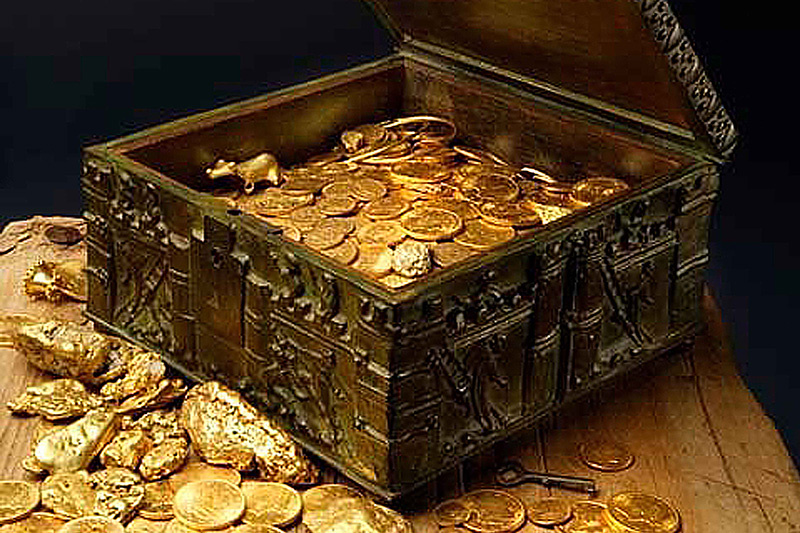
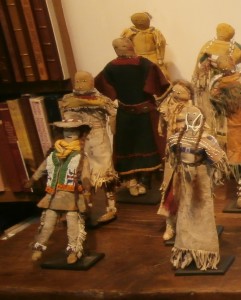
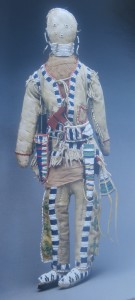
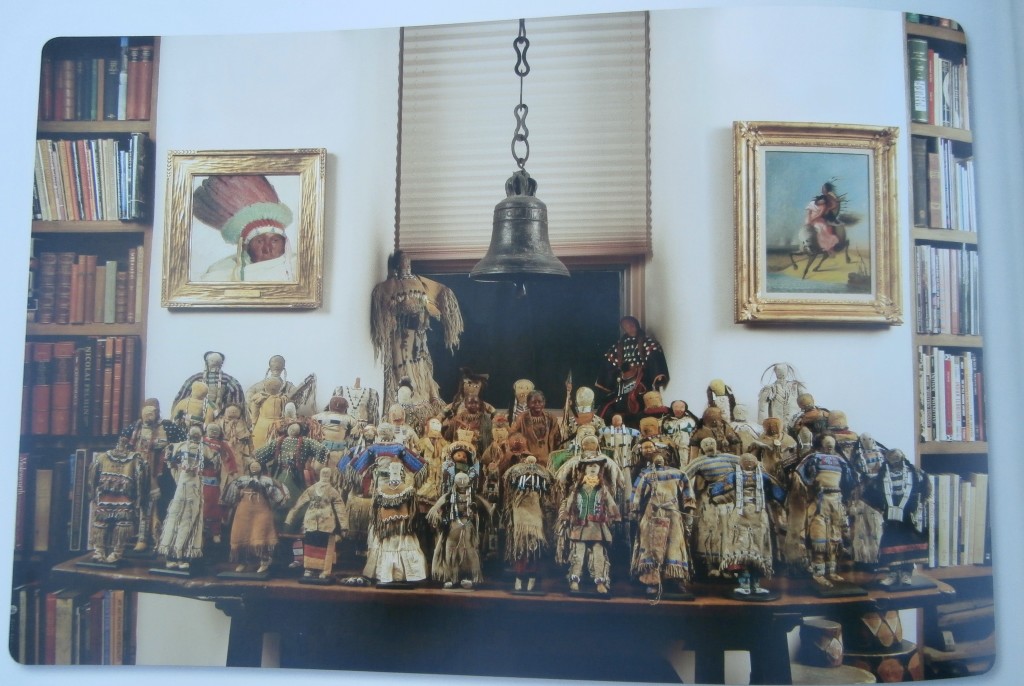
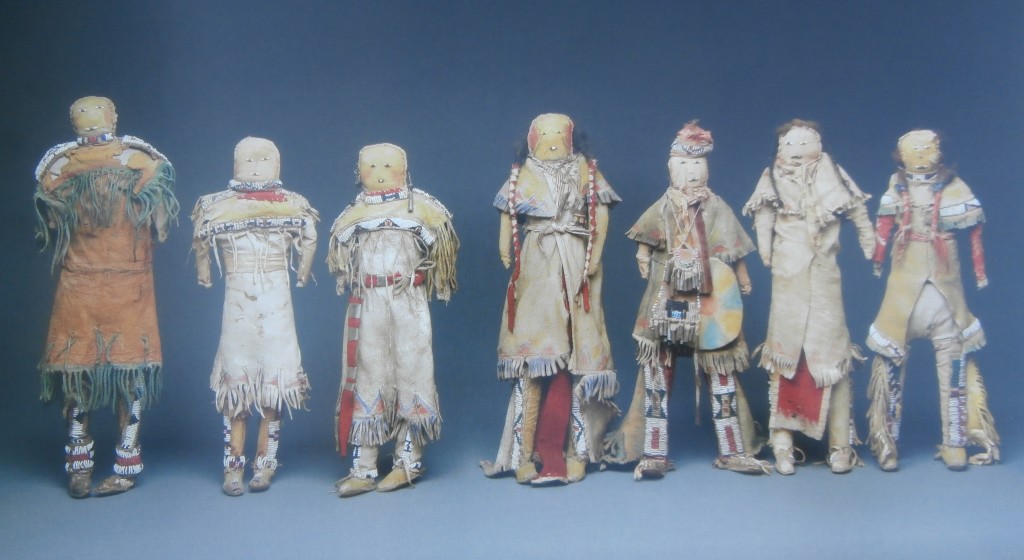

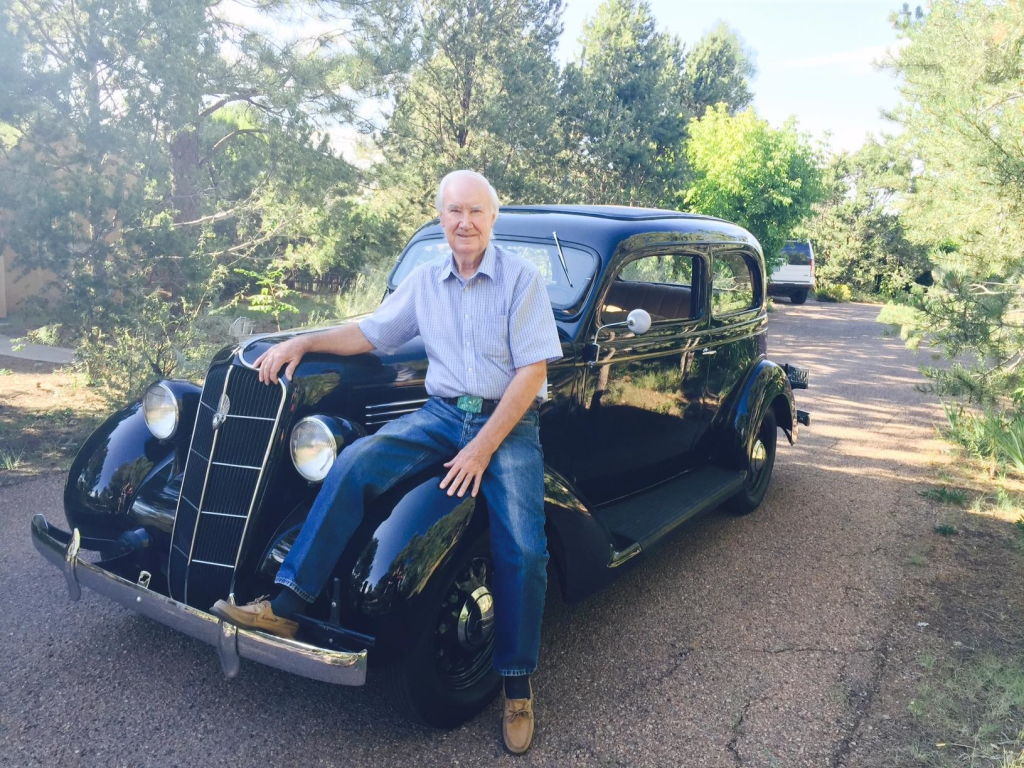
Thanks, Jenny. This is much more convenient than clicking on each one separately.
What a lovely collection of questions and interviews with Forrest from 2015. Thanks so much for compiling them Jenny. Love your site, and love what you do – JDA
Thanks, Jenny, nice and easy to follow and your new book sent me soaring.
Thanks Jenny, this was very helpful. Questions and answers that I had forgotten , very informative….. enjoy chasing your dreams…. until next time.. see ya my friend